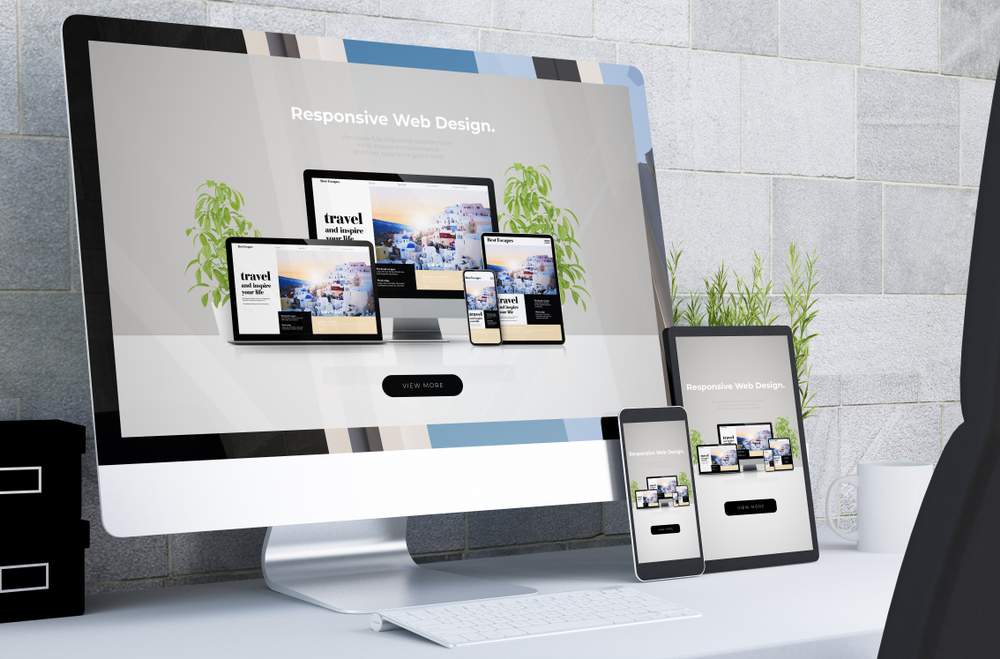You know what I don’t miss? The days when you had to worry about your website being viewed on a phone.
Today almost all modern websites will automatically convert to a mobile-friendly version when viewed on a phone. That’s great.
(of course, it usually doesn’t work particularly well, but when does anything work like you want it to?)
However, as a copywriter, there is a difference in how I will write for a website, depending on my client’s industry.
For this blog, I want to point out the small differences in writing primarily for phones or desktops, and also why I feel most B2B websites should be thinking “desktop” first.
Actually, let me answer that last part first: The reason I feel the desktop trumps the phone in most B2B instances is a simple truth we cannot escape right now:
Every single desk, in every single office, still has a desktop or laptop on it. And B2B “Business” is still primarily done on larger screens.
Read that again, and again, and again if you must.
I don’t care what the mobile stats are. I don’t care that everyone uses their phones everywhere at all times. I don’t even care if most google clicks come from mobile devices. If it’s a B2B product or service, it’s generally safe to assume that most decisions are going to be made in front of a desktop. So I’m going to write more for that.
Now let’s look at the differences between writing for a desktop or a mobile device:
What is the difference between writing for a desktop and a mobile device (and writing for both)?
Honestly, it’s more page length than anything. Phones are meant to be “quick”. Nobody likes reading 500 words of text on a phone.
They will read it on a desktop, though. And more.
Listen, mobile is great, and even dominant, for certain industries (mostly B2C). Restaurants, concert tickets, review-driven retail, travel, something they are looking for while walking or driving… then you are looking primarily at mobile engagement.
In cases like that, you should be speaking in headlines and short blurbs and pictures. Maybe the only text-heavy pages you will have are the “about us” page and similar.
But do you offer a higher-priced product or service that’s not as straightforward as airline tickets or calling a pizza place? Something you need to, you know, sell?
Then I promise you, your readers are looking for more than short little blurbs. Your website should be informative and engaging.
But even in this case, you should still write for both. Because a lot of web visits may start on a phone, and finish on a desktop.
What I like to do is try and get enough information “up top” to give the mobile reader enough to say “yup, I need to dive into this more”. Basically, I try and lead most selling pages off with an elevator speech. Then I dive deeper with the rest of the page.
Doing it this way means your mobile reader can check out after 100 words, and still somewhat “get it”. And your desktop reader… well, they get the entire sundae, and not just the tasty sprinkles.
Over the past few years, I’ve seen several companies who sold expensive products or services move to a one-page site with short little blurbs because “nobody reads anymore” (they probably read that on the internet). And then move back to a more conventional site when it failed.
I also have clients who get 70% of their overall traffic from mobile browsing, but 70% of website conversions come from desktops. Weird, right? Well, not so much when you consider the product or service is not really an “add to cart” or “get me directions” thing.
Bottom line – for B2B, while some deals may open with mobile, the close is still the desktop’s realm.

